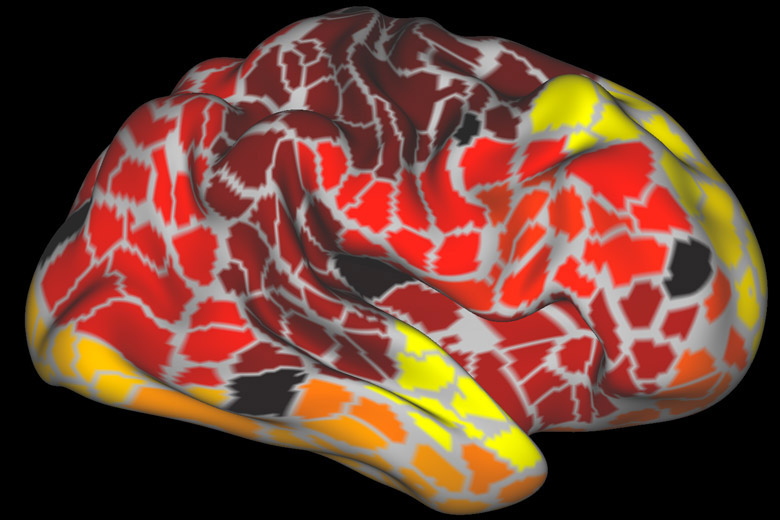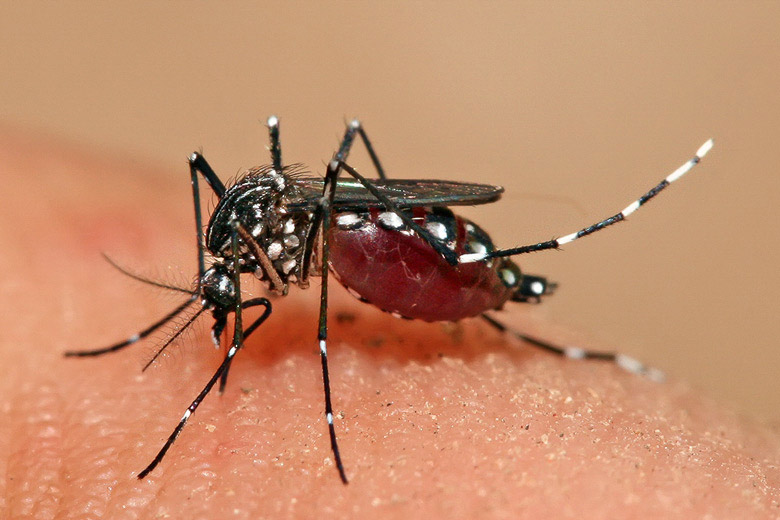Health
Top Stories

Stanford psychologist's 18-month study of his own brain reveals new relations between brain and body
Russell Poldrack scanned his brain to create the most detailed map of brain connectivity ever.

Stanford scientists solve mystery of arsenic release into groundwater
Bacteria living in shallow sediment layers of permanently flooded wetlands in Asia drive arsenic release into water by feeding on freshly deposited plant material, a new study finds.

Biologists develop novel antiviral approach to preventing viral infections that cause dengue fever
By targeting fundamental cellular machinery, the antiviral approach developed in Judith Frydman's lab at Stanford could provide a roadmap to preventing infections that affect hundreds of millions of people every year.

New "tricorder" technology might be able to "hear" tumors growing
A new technology has promise to safely find buried plastic explosives and maybe even spot fast-growing tumors. The technique involves the clever interplay of microwaves and ultrasound to develop a detector like the Star Trek tricorder.

Targeted policy actions could help discourage obesity, Stanford expert says
Stanford law Professor Deborah Rhode suggests that a societal strategy involving public awareness, new taxes, enhanced zoning regulations and tougher restrictions on food marketing and packaging could alleviate the obesity epidemic.

Stanford study shows effects of toilet facilities on child health in rural Africa
Scientists have evaluated the health impact of sanitation by measuring rates of diarrheal disease. A new study shows that child growth improves after communities add toilet facilities.

Tension helps heart cells develop normally in the lab, according to Stanford engineers
Scientists have discovered that getting stem cells to mimic normal adult heart cells – a critical step for eventually using them to test drugs – requires tension and a specific shape.

Stanford biologists crack centuries-old mystery of how cell growth triggers cell division
Researchers in Jan Skotheim's lab have discovered a previously unknown mechanism that controls how large cells grow, an insight that could one day provide insight into attacking diseases such as cancer.

Stanford team re-engineers virus to deliver therapies to cells
Researchers stripped a virus of its infectious machinery and turned its benign core into a delivery vehicle that can target sick cells while leaving healthy tissue alone.

Stanford scientists produce cancer drug from rare plant in lab to benefit human health
Stanford scientists produced a common cancer drug – previously only available from an endangered plant – in a common laboratory plant. This work could lead to a more stable supply of the drug and allow scientists to manipulate that drug to make it even safer and more effective.

Share This Story